Florentines are enormously popular cookies world-wide, but a visit to the best of Florence’s pastry shops for these cookies will leave you empty-handed.
By Emiko Davies
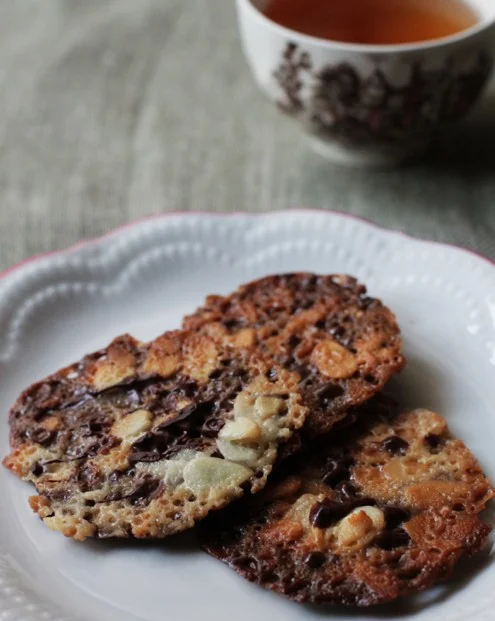
There’s a rumour going around that Florentine cookies are from Florence. “These Tuscan cookies,” says the Food Network website, “are a Christmas classic.” “The origin of the recipe is in Florence, hence the name,” claims Wikipedia. Apparently even Italian food bloggers (posting recipes found in American cookbooks translated into Italian) are tempted to believe that these cookies remind them of the Tuscan capital. They could not be further from reality.
Take a look at what are truly Tuscan tastes, especially when it comes to desserts and cookies. Florentine baked goods – because cookies these are not – such as pan ramerino and variations of schiacciata (Tuscan focaccia) are essentially hearty, rustic types of bread, sweetened only with raisins or the season’s fresh grapes.
Cookies tend to originate from Florence’s neighbouring Tuscan cities. The most famous are Cantuccini, better known to the English-speaking world as ‘biscotti’, the generic Italian term for biscuits, and are from Prato. Jaw-breakingly hard and not particularly sweet, they are made with plenty of flour, eggs, sugar and olive oil, and studded with whole almonds. Sienese Ricciarelli are heavy marzipan-like biscuits, dusted with icing sugar, while Cavallucci are a medieval blob of a biscuit made with nuts, flour, spices, honey or sugar and eggs. All three are long-lasting, hardy and generously served with local dessert wine that will fill you up in a way that makes them a meal in themselves. Quite the opposite of the Florentine cookie.
If you look at Tuscan desserts in general, many have been borrowed from other countries and beautifully made into local favourites: zuppa inglese, tiramisu and zuccotto are all variations on the English trifle. Look at any traditional Florentine trattoria menu and you will always find that the short dessert list most likely has foreign intruders such as cheesecake, crema catalana or crème brulee on offer. But a crispy, thin, caramel-flavoured cookie, dressed in chocolate on just one side like the Florentine, you will not find.
I began researching the Florentine a while ago, passing through every famous pastry shop in Florence and quizzing the bakers for their knowledge on these cookies, with unhelpful results. I sceptically consulted the reliable historical cookbooks for any reference to such a cookie that could have possibly originated in Florence.
In his 1891 bible of Italian home-cooking, Science in the Kitchen and the Art of Eating Well, Pellegrino Artusi includes a recipe for a dish that, not knowing what to call it, he simply names after the city where he tasted it. This so-called Dolce Firenze or ‘Florence dessert’ is essentially a simple, English bread and butter pudding. Although the British had a large presence in Florence in the 19th century (which is perhaps how he came across this dish in the first place), apparently neither the name nor the recipe caught on, as this is today rarely seen in Italy.
The closest I have come to finding a reliable source for a recipe for Florentines is in Elizabeth David’s 1979 article on the mid-17th century cookbook, A True Gentlewoman’s Delight. She cites a recipe from it entitled, “How to make a Florentine”, which describes a dessert pie filled with veal and mutton kidneys, cream, sugar, eggs, currants, rosewater and plenty of spices. Why it is called a Florentine is still a mystery to be solved, but it is a very far cry from those delicate, lacy, petite Florentine biscuits, drizzled in melted chocolate.
The essential ingredients of today’s Florentine biscuits could not be less Tuscan: cream, butter, just the tiniest spoonful of flour and chocolate. I have seen popular recipes with the additions of candied cherries, cornflakes, oats, corn syrup, sweetened condensed milk and more – all ingredients that are not remotely Tuscan.
It is much more likely that today’s Florentine biscuits come from France, the country whose patisserie shops are known for the best cream and butter-filled delights on the planet, from flaky croissants, chocolate éclairs to heart-shaped palmiers. Not only are the main ingredients typically French but the fact that the base for Florentine biscuits is essentially a roux, an oh-so-French cooking technique, should also signal the true origins of this delicate tea-time cookie.
It really shouldn’t be surprising that the French named a dish after Florence. After all, they have been doing it for centuries thanks to their Florentine Queen, Catherine de’ Medici, who happened to be one of history’s most influential gastronomes and a spinach enthusiast (think of those French-tinged brunch favourites, eggs Florentine and quiche Florentine).
Florentine cookies were most likely created in the late 17th century kitchens of French royalty in honour of their Tuscan in-laws. Centuries on, Florentines are still enormously popular cookies world-wide, but a visit to the best of Florence’s pastry shops for these cookies will leave you empty-handed.








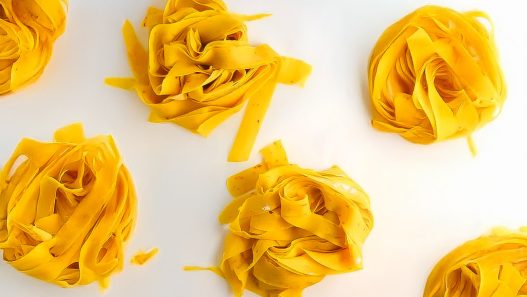
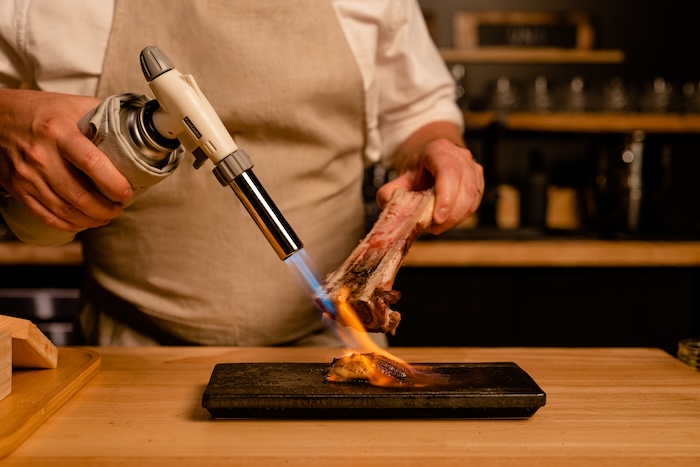
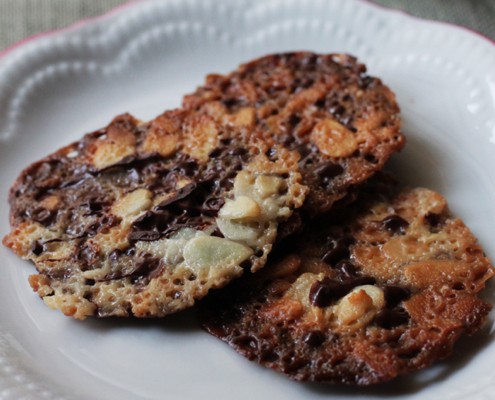




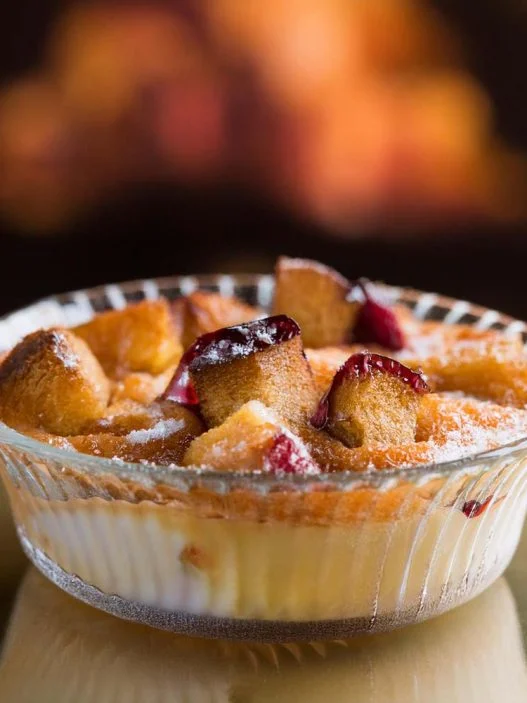

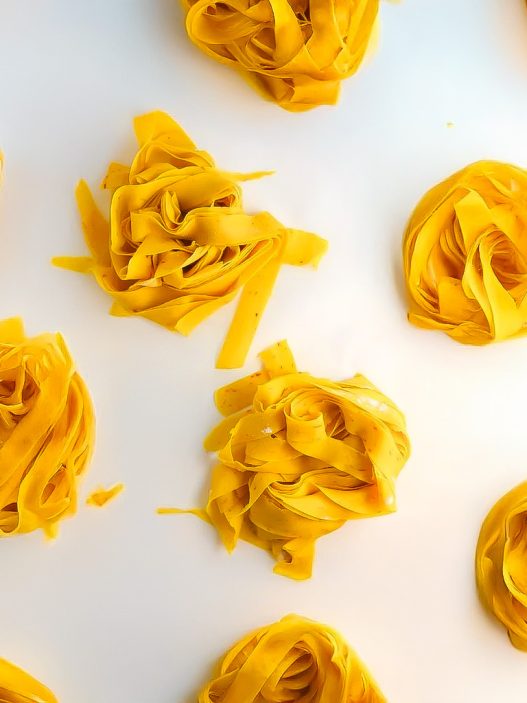


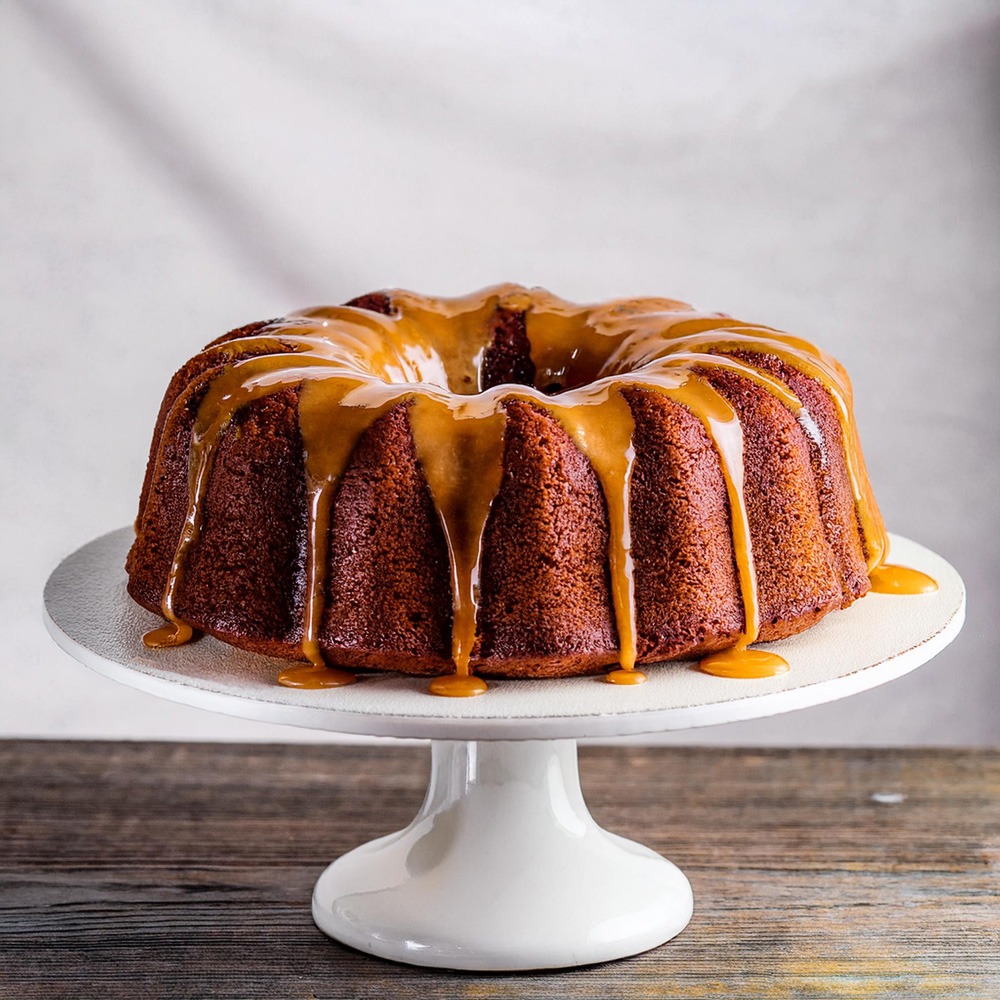



great article
Great article! The Food Timeline can often be a great “starting point” when one wants to research the origin of a recipe, or its name. I’ve turned to it multiple times. I didn’t see anything about Florentines but if you absolutely have to know when Mallomars were first written about, for instance, this is the place — the Anniston Star, Alabama, on October 12, 1919. They were 15 cents a box. Fun site when you have time!
Very interesting article…they are a favorite :)
You may be interested to know that in Hungary, we call them “Moskauer”, a name which suggests they originated in Mocsow, another city that may or may not have anything to do with them. At any rate, it is not even close (geographically) to the florentine hypothesis!
I also recall having read somewhere that they are from Austria…I’m not sure if that could be true, but it’s certainly possible that it’s from Austria that they spread to Hungary.
What a puzzle. If anyone ever solves it, I hope they will fix that Wikipedia page.
Do you have a recipe for the Floretine biscuits?
Hi ,
Thank you for the great history about floretine biscuits . I like to know the recipes about floretines flour ..I means the home made flours and how they do itloretines flur became commercial ..
thanks
The origin of the name “florentine” is almost certainly a reference to the gold coins of Florence that were the standard currency of Europe for around five hundred years. A medium-sized round golden biscuit made from expensive ingredients; it doesn’t take too much imagination to look at then and liken them to gold coins, especially the very substantial florin coin. Interestingly, these rich biscuits also echo a European saying that I keep coming across in old literature “as rich as a Florentine (person)”.
The claims of an Austrian origin make sense: the German Lands were enthusiastic copiers of Florentine coins and equally enthusiastic about importing Italian and French goods (pasta, rice, patisserie, cream-and-roux sauces…) but the method of preparation does look more French than anything.
I am French from Quebec and these bisquits have been a tradition at Christmas in my family for a few hundred years although I never knew what they were called in English – a google image search gave me the name. I would say you are correct in your belief that these are of French and not Italian origin. Thank you for your article